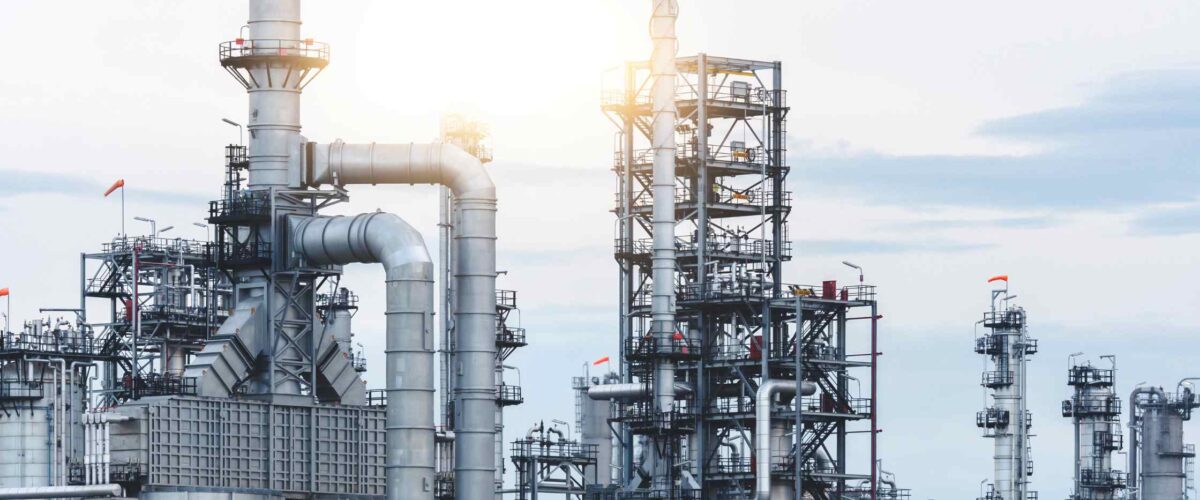As global energy demand continues to rise and easily accessible oil reserves decline, the importance of maximizing output from existing fields has never been greater. For onshore oil operations, this is where Enhanced Oil Recovery (EOR)techniques come into play—offering a cost-effective, efficient way to extract additional oil from mature or declining reservoirs.
EOR, also known as tertiary recovery, involves using advanced methods beyond primary (natural pressure) and secondary (water or gas injection) techniques to mobilize and recover more oil. In many cases, EOR can extract 30–60% more oilfrom a reservoir that would otherwise remain untapped.
Here’s a deep dive into the main EOR methods used in onshore operations, their advantages, challenges, and why they’re crucial for the future of oil production.
Why EOR Matters for Onshore Oil Fields
-
Mature Fields Dominate: Many onshore oil fields are decades old and have already passed peak production.
-
Increased Recovery Factor: Conventional methods typically leave more than half of the oil in place; EOR can significantly boost recovery.
-
Economic Optimization: EOR helps operators make the most of their existing assets rather than investing heavily in new exploration.
-
Environmental Efficiency: Maximizing production from current sites can reduce the need for new drilling, minimizing land use and associated emissions.
Three Primary EOR Techniques for Onshore Operations
1. Thermal Recovery
Thermal methods are most commonly used in heavy oil fields. They work by injecting heat into the reservoir to lower the viscosity of the oil, making it easier to flow to the wellbore.
-
Types:
-
Steam Injection (Cyclic Steam or Steam Flooding)
-
In-situ Combustion (Fire Flooding)
-
-
Best For: Viscous or heavy oil reservoirs, particularly in shallow onshore fields.
-
Example: California’s San Joaquin Valley fields have used steam flooding for decades with great success.
2. Gas Injection
This method involves injecting gases such as carbon dioxide (CO₂), nitrogen, or natural gas into the reservoir. These gases either mix with the oil to reduce its viscosity or push it toward the production well.
-
CO₂ Injection:
-
Especially effective in light to medium oil reservoirs.
-
Can be part of carbon capture and storage (CCS) strategies, reducing net emissions.
-
-
Best For: Reservoirs with sufficient pressure or compatibility with miscible gas.
-
Example: The Permian Basin in Texas has extensive CO₂ EOR projects with proven effectiveness.
3. Chemical Injection
This involves injecting polymers, surfactants, or alkaline solutions to improve oil displacement. These chemicals alter the surface tension between oil and water or increase the viscosity of injected water to sweep more oil toward the production well.
-
Best For: Medium-viscosity oil fields with good reservoir conditions.
-
Challenges: High cost of chemicals, potential scaling or corrosion.
-
Emerging Trend: Biosurfactants and environmentally friendly formulations are gaining traction.
Choosing the Right EOR Technique
Selecting an EOR method depends on several factors:
-
Reservoir Characteristics: Depth, temperature, pressure, and oil viscosity.
-
Economic Viability: Cost of implementation vs. expected incremental recovery.
-
Environmental Considerations: Water usage, emissions, and waste management.
-
Infrastructure Availability: Proximity to CO₂ sources, steam generation, or chemical supplies.
Often, hybrid approaches or pilot tests are used to evaluate the most effective strategy before full-scale deployment.
Innovations Driving EOR Efficiency
Modern technologies are pushing EOR boundaries further:
-
Digital Reservoir Modeling: AI and machine learning are being used to simulate EOR scenarios and optimize injection strategies.
-
Nanotechnology: Nano-enhanced fluids can improve recovery rates by altering rock wettability and fluid behavior.
-
Smart Injection Systems: Real-time data from sensors enable adaptive injection rates and pressure monitoring.
-
Carbon Management Integration: CO₂ EOR not only boosts output but also serves as a tool for permanent CO₂ sequestration.
Challenges and Considerations
-
High Initial Costs: Thermal and chemical EOR projects can be capital-intensive.
-
Technical Complexity: Requires specialized knowledge and monitoring systems.
-
Environmental Risks: Water handling, emissions, and chemical disposal must be carefully managed.
-
Regulatory Compliance: Growing environmental scrutiny demands strict adherence to safety and sustainability standards.
However, with supportive government policies and advancements in technology, many of these hurdles are becoming more manageable.
Conclusion: A Vital Tool for Onshore Sustainability
Enhanced Oil Recovery is no longer a niche tactic—it is a strategic necessity for onshore oil producers looking to remain competitive in a world focused on efficiency and sustainability. By embracing EOR techniques, companies can breathe new life into aging fields, reduce their environmental footprint, and maximize the value of every barrel.
In an industry where every percentage point of recovery matters, EOR offers both a lifeline for mature assets and a bridge to a smarter, more sustainable energy future.
Read more on Sparkview Energy:
Digital Transformation in Onshore Oilfields: Harnessing IoT, AI, and Big Data
Balancing Community Interests with Onshore Oilfield Development
Smart Offshore Platforms: How IoT is Transforming Offshore Operations

